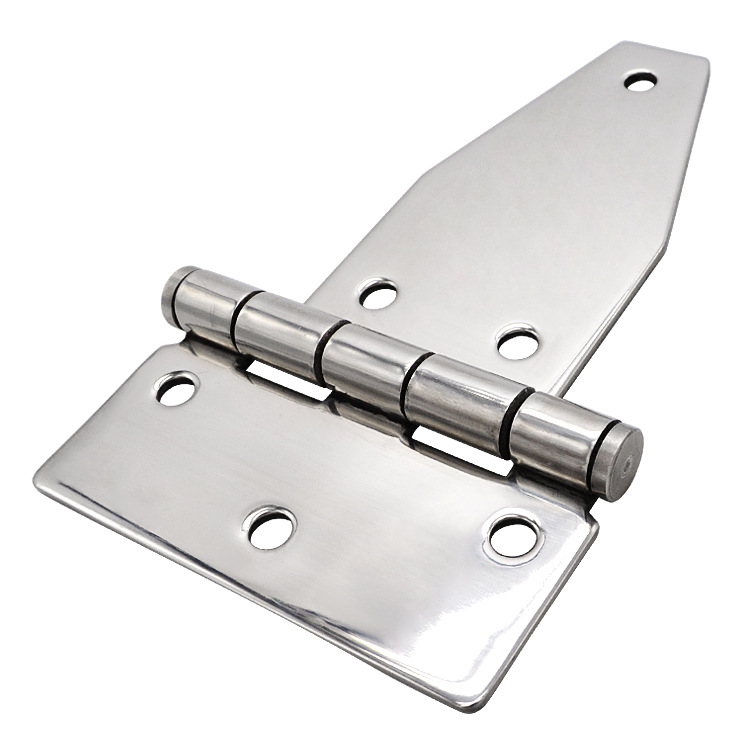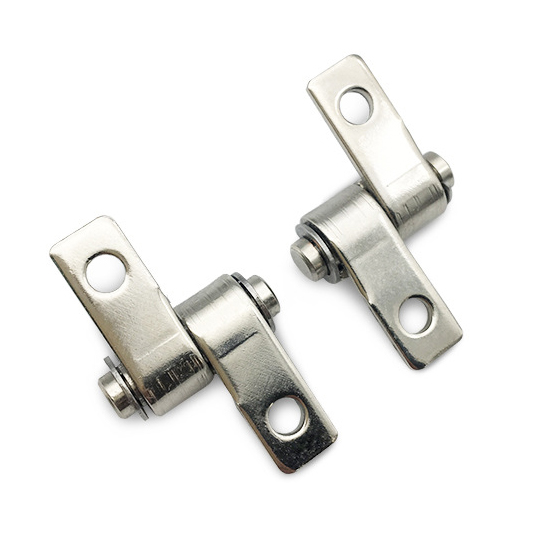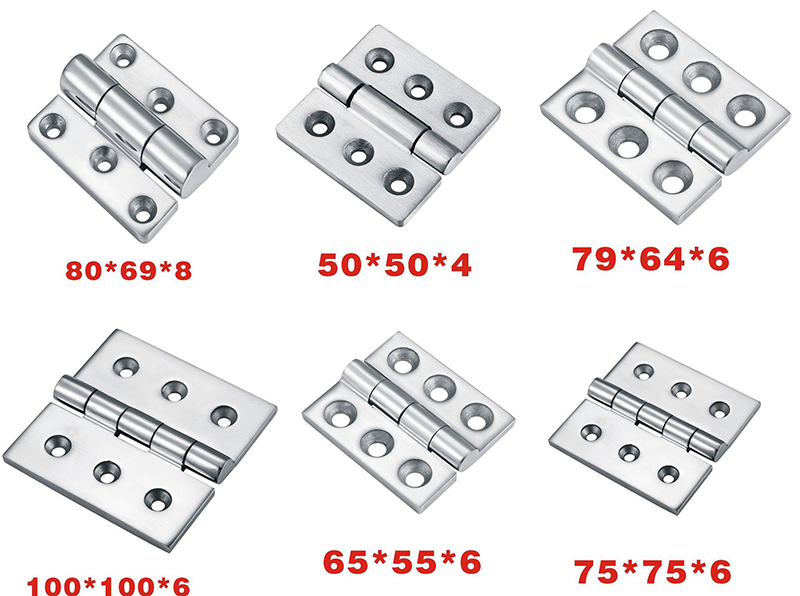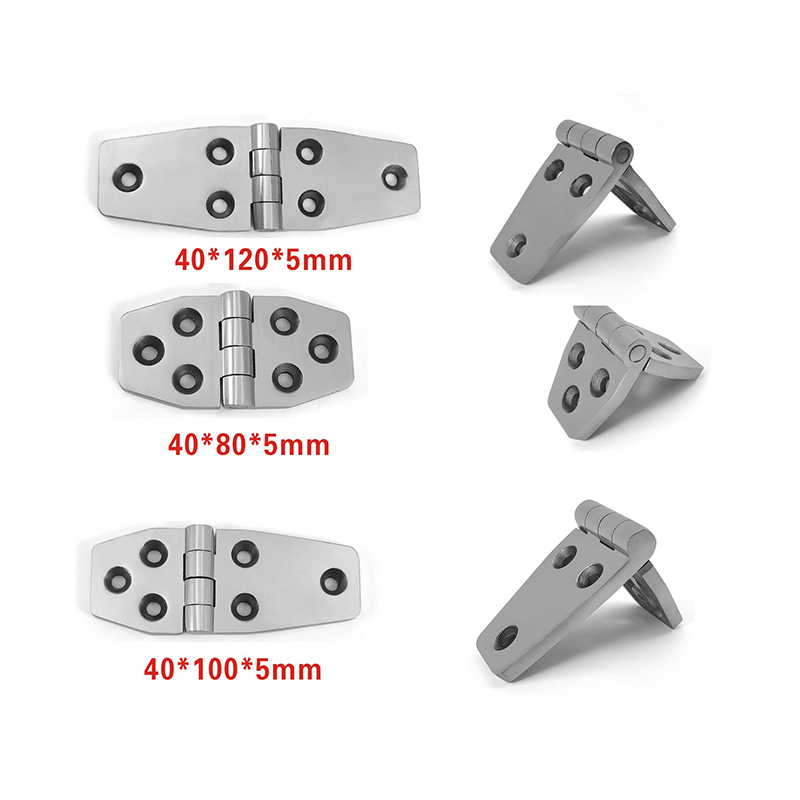Have you ever come across the term “zero clearance hinges” and wondered what it really means? Often in the industrial manufacturing world, we stumble upon such terminologies that we may not fully understand, even if we work closely with these items. It’s especially important for us, who handle these elements every day, to have a comprehensive understanding of such components.
In simple terms, zero clearance hinges are specialized types of hinges that allow a door or a lid to open without any clearance needed on the side of the hinge. In other words, these hinges are designed to operate in spaces where standard hinges can’t, as they require no side clearance. This unique feature makes them particularly valuable in the industrial manufacturing sector, where space efficiency is paramount.
Let’s now dive deeper into this topic, shall we? We’ll discuss several aspects of zero clearance hinges, from their various types to their applications, and how they impact the functionality of various devices.

What Differentiates Zero Clearance Hinges from Others?
Just like any other components, zero clearance hinges have unique features that distinguish them from their counterparts. Primarily, it’s the zero clearance aspect that sets them apart. While standard hinges require side clearance to function correctly, these hinges don’t.
Another key difference lies in their design. The compact, precise design of zero clearance hinges allows them to fit into tight spaces, giving manufacturers more freedom in designing their products. These hinges are often selected for their ability to maintain high performance, even in demanding environments, which is a testament to their robust and flexible construction.
What are the Different Types of Zero Clearance Hinges?
The universe of zero clearance hinges is diverse, with different types tailored for varying needs. Let’s explore some of these types. Firstly, we have pivot hinges, which, as the name suggests, allow a door to pivot instead of swing. This functionality makes them ideal for heavy doors or lids in industrial equipment.
Another popular type is the concealed hinge. These are hidden from view when the door or lid is closed, making them suitable for applications where aesthetics play a role alongside functionality. Given their ability to blend in seamlessly, they’re a popular choice among industrial designers.

Why are Zero Clearance Hinges Essential in Industrial Manufacturing?
Zero clearance hinges hold an essential place in industrial manufacturing for many reasons. The primary reason lies in their space efficiency. In an industry where every inch matters, these hinges prove to be invaluable. They not only reduce the space required for a door or lid to swing but also increase the overall space efficiency of the manufacturing process.
Moreover, the robust construction of these hinges ensures durability, which is crucial in a sector where components are constantly put to the test. Their longevity ensures that they don’t need frequent replacements, contributing to cost-efficiency in the long run.
What Applications Do Zero Clearance Hinges Have?
When it comes to applications, zero clearance hinges are versatile. One common application is in heavy-duty industrial equipment, where their robust design allows them to withstand substantial weight and wear. They’re often found in machinery doors, where they facilitate easy access while maintaining a tight seal when closed.
Another notable application is in precision devices. Here, the accuracy of these hinges plays a significant role. They allow the devices to function flawlessly without any misalignments, contributing to the overall efficiency of these precision instruments.

How to Choose the Right Zero Clearance Hinges?
Choosing the right zero clearance hinges depends on several factors. Primarily, it’s about understanding the application and the specific requirements it demands. For instance, if aesthetics are a priority alongside functionality, concealed hinges might be the right choice.
The weight of the door or lid is also a vital factor. For heavy doors, hinges that can withstand substantial weight, such as pivot hinges, would be appropriate. Ultimately, the decision hinges (pun intended) on a deep understanding of the specific application and its demands.
What Future Do Zero Clearance Hinges Hold?
Looking toward the future, it’s evident that zero clearance hinges have a crucial role to play. As industrial manufacturing continues to evolve and focus on space efficiency and durability, the demand for these hinges is bound to increase.
Innovations in material science and manufacturing techniques will further enhance the capabilities of these hinges, making them even more essential in the industrial landscape. So, it’s safe to say that the future of zero clearance hinges is bright and promising.

Conclusion
In summary, zero clearance hinges are an indispensable component in the industrial manufacturing sector. Their unique design, flexibility, and durability make them an invaluable asset, especially in space-constrained environments. Whether it’s heavy-duty equipment or precision devices, these hinges prove their worth in various applications. As we move towards a future that values space efficiency and durability, the importance of zero clearance hinges will only grow.
You might also be interested:




